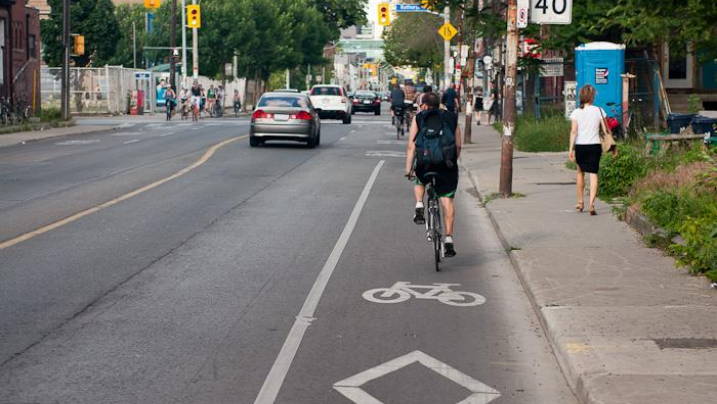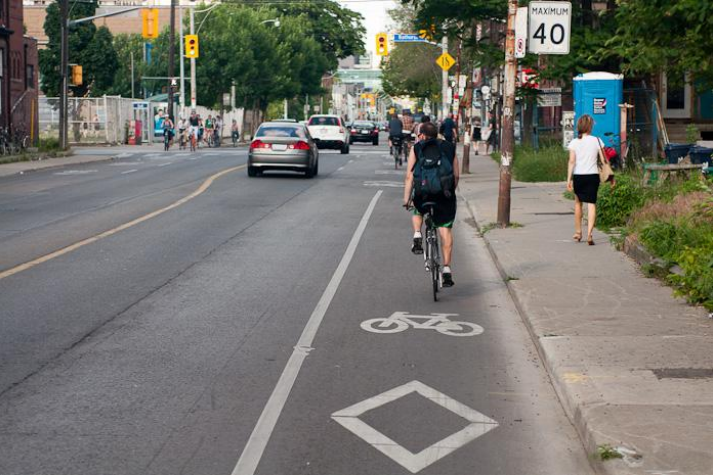
Introduction:
Are you tired of cycling on congested roads with no dedicated space for bikes? Are you looking for a safer and more efficient way to commute on your e-bike?
Then look no further, because we've got the ultimate guide to different types of bike lanes that will revolutionize the way you ride!
As cities become more bike-friendly, there are a variety of options available to cyclists, and knowing the different types of bike lanes can make all the difference.
For example, protected bike lanes, also known as cycle tracks, provide a physical barrier between cyclists and cars.
This type of lane is ideal for cyclists who want to feel more secure while riding. Buffered bike lanes have a painted buffer zone between cyclists and cars, while sharrows indicate shared lanes where cyclists and motorists must share the same space.
But that's not all! There are also contraflow bike lanes, which allow cyclists to ride against the flow of traffic on one-way streets, and colored bike lanes, which use bright colors to increase visibility and separate cyclists from motor vehicles.
By utilizing these different types of bike lanes, you can create a safer and more enjoyable cycling experience. Not only will you feel more secure, but you'll also be able to navigate through traffic more efficiently. Plus, cycling is a great way to reduce your carbon footprint and stay in shape.
Now read on below to know more about the other types of bike lanes. Who knows, after reading, you can discover a new favorite route to ride on!
Let’s get started!
Subscribe
To join our mailing list and never miss an update!

